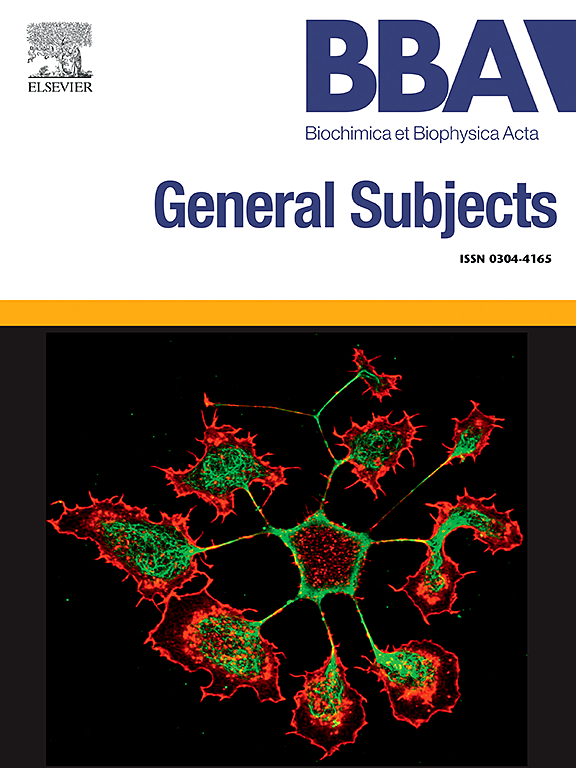Structural and biochemical characterization of active sites mutant in human inorganic pyrophosphatase
Abstract
Inorganic pyrophosphatases (PPases) are enzymes that catalyze the conversion of inorganic pyrophosphate (PPi) into phosphate (Pi). Human inorganic pyrophosphatase 1 (Hu-PPase) exhibits high expression levels in a variety of tumors and plays roles in cell proliferation, apoptosis, invasion and metastasis, making it a promising prognostic biomarker and a target for cancer therapy. Despite its widespread presence, the catalytic mechanism of Hu-PPase in humans remains inadequately understood. The signature motif amino acid sequence (DXDPXD) within the active sites of PPases is preserved across different species. In this research, an enzymatic activity assay revealed that mutations led to a notable reduction in enzymatic function, although the impact of the four amino acids on the activity of the pocket varied. To investigate the influence of these residues on the substrate binding and enzymatic function of PPase, the crystal structure of the Hu-PPase-ED quadruple mutant (D116A/D118A/P119A/D121A) was determined at 1.69 Å resolution. The resulting structure maintained a barrel-like shape similar to that of the wild-type, albeit lacking Mg2+ ions. Molecular docking analysis demonstrated a decreased ability of Hu-PPase-ED to bind to PPi. Further, molecular dynamics simulation analysis indicated that the mutation rendered the loop of Mg2+ ion-binding residues less stable. Therefore, the effect on enzyme activity did not result from a change in the gross protein structure but rather from a mutation that abolished the Mg2+-coordinating groups, thereby eliminating Mg2+ binding and leading to the loss of enzyme activity.

 求助内容:
求助内容: 应助结果提醒方式:
应助结果提醒方式:


